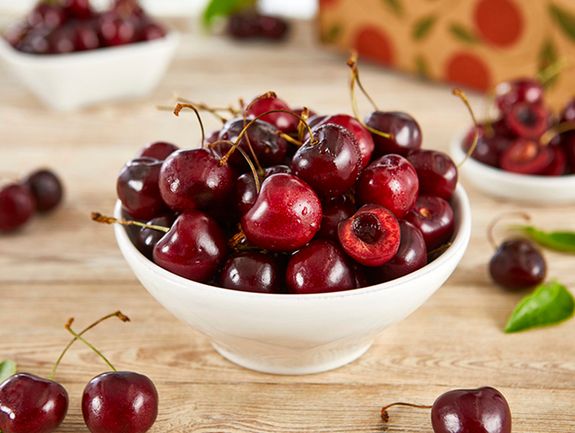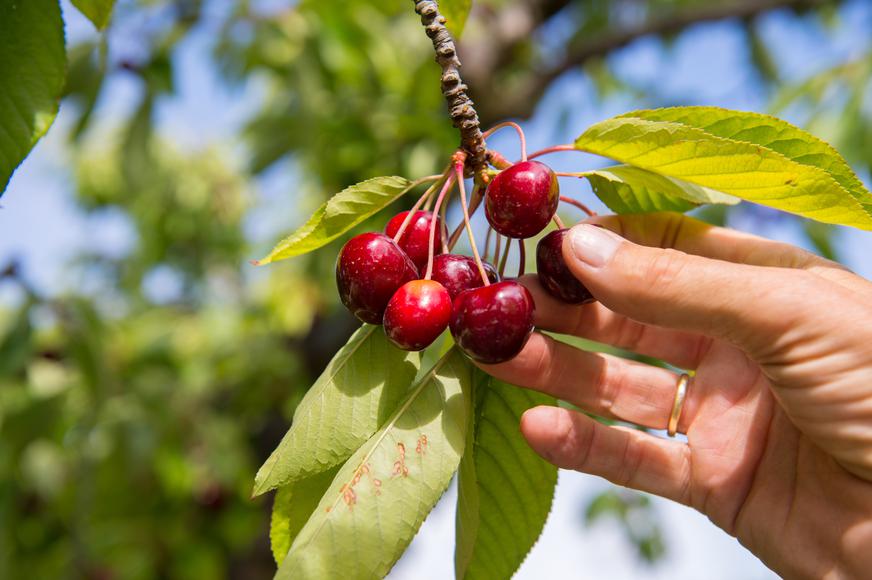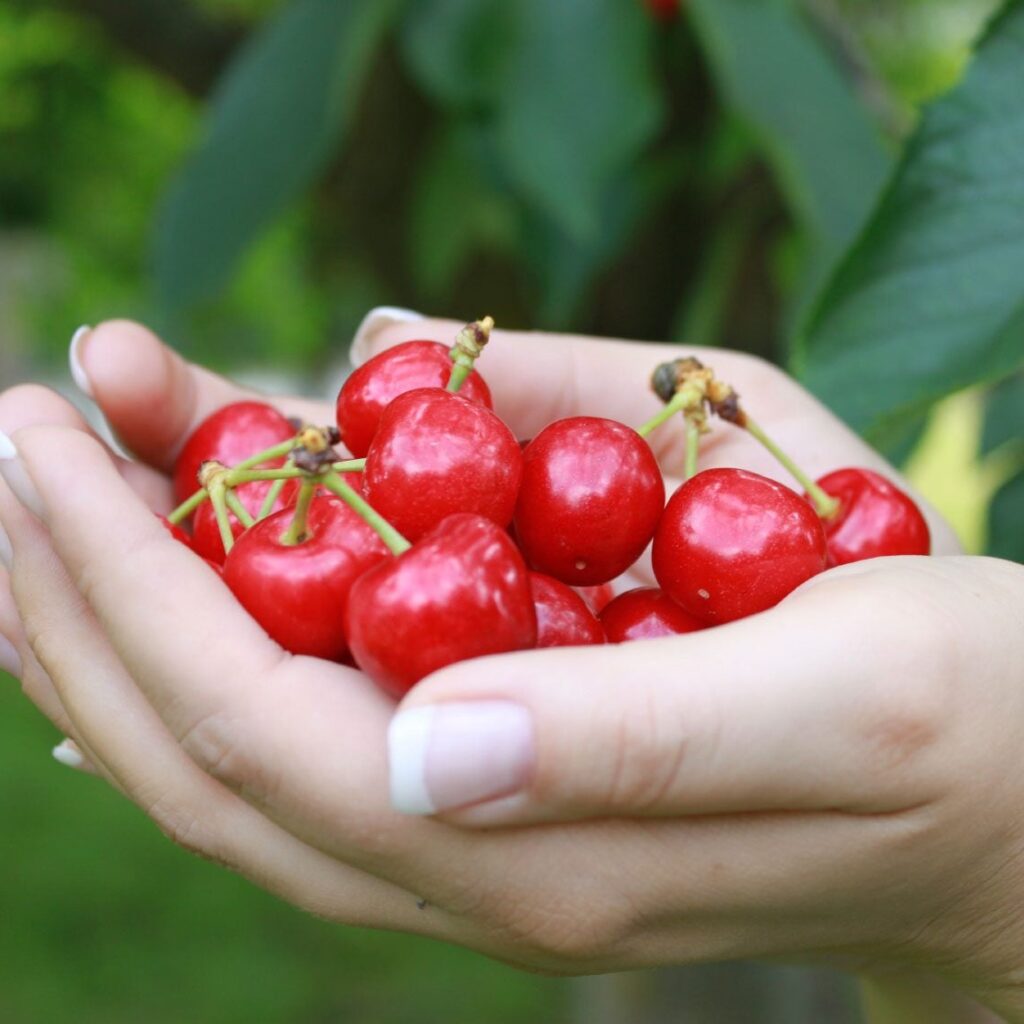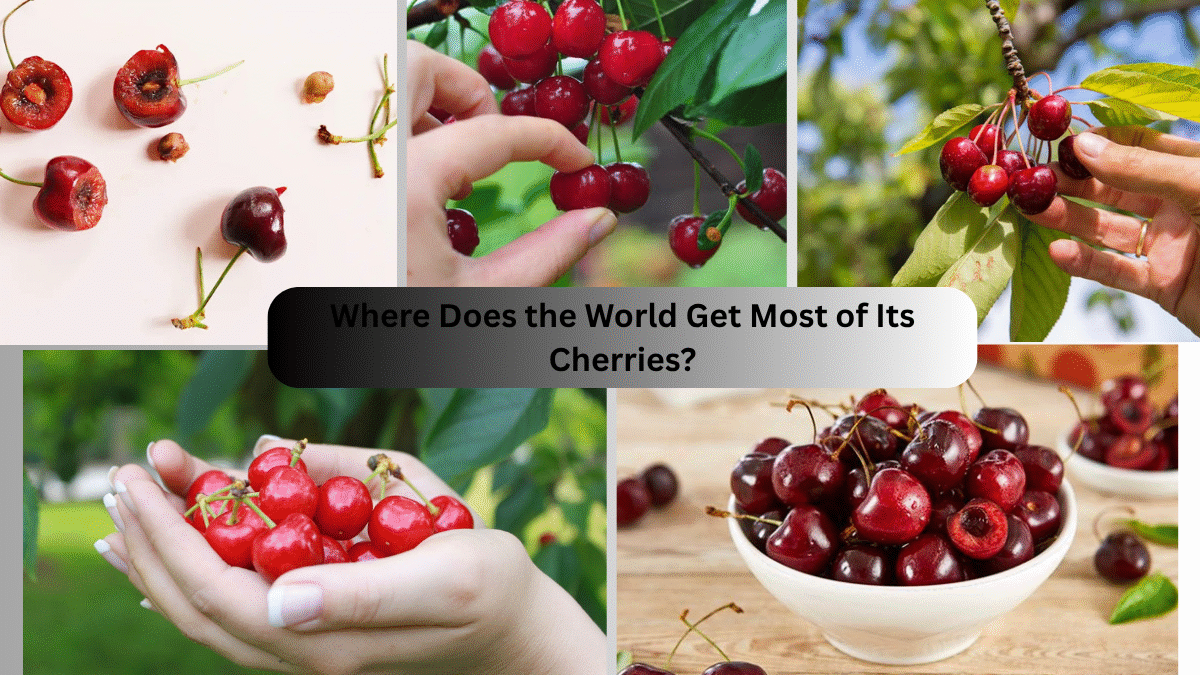Cherries, with their rich color, juicy texture, and sweet-tart flavor, are among the world’s favorite fruits. From freshly harvested bowls in summer to decadent cherry pies, jams, and juices — cherries are enjoyed across cultures and cuisines. Beyond their delicious taste, cherries are packed with antioxidants, vitamins, and anti-inflammatory properties, making them a superfruit in both culinary and health-conscious circles.
But have you ever wondered where the cherries you find at your local market or on your dessert plate come from? Where does the world get most of its cherries? Which countries are the global suppliers of this prized fruit, and how does the international cherry trade work? Let’s dive into the fascinating world of cherry production and exports.
A Quick Overview of Global Cherry Production

Cherries thrive in temperate regions with cold winters and warm, dry summers. These climatic conditions allow the trees to experience the necessary winter chill for bud development and offer optimal weather for fruit ripening.
There are two primary types of cherries:
- Sweet cherries (Prunus avium) — consumed fresh
- Sour (or tart) cherries (Prunus cerasus) — used mainly for processing (in baking, beverages, jams, and syrups)
Global cherry production crossed 3.3 million metric tons in 2023, with a handful of countries dominating this market. These nations not only produce cherries for local consumption but also account for the majority of international exports.
Where Does the World Source Most of Its Cherries?
While over 40 countries grow cherries commercially, the world gets the majority of its cherries from five key producers:
- Turkey
- United States
- Chile
- Uzbekistan
- Iran
Let’s explore how these countries contribute to the global cherry market.
1. Turkey — The Largest Cherry Producer in the World

Annual Production: Approx. 833,000 metric tons
Global Market Share: Over 23%
Turkey is widely recognized as the cherry capital of the world. The country’s connection to cherry cultivation stretches back over 2,000 years, and modern Turkey still holds the top spot in global cherry production.
Where Do Turkey’s Cherries Go?
While a significant portion of Turkish cherries is consumed domestically, a large share is exported, especially to Europe, Russia, and the Middle East.
Key Export Markets:
- Germany
- Russia
- Poland
- United Kingdom
- Gulf countries
Peak Season: Late May to August
Turkey’s success is driven by its Mediterranean climate, fertile soils, ancient orchards, and adoption of modern horticultural practices. Its sweet cherries, notably the ‘0900 Ziraat’ variety, are renowned for their size, sweetness, and color.
2. United States — High-Quality Cherries for Global Markets

Annual Production: Approx. 420,000 metric tons
Global Market Share: 12–14%
The United States is the second-largest cherry producer and a major exporter of both sweet and sour cherries. Known for high-quality, flavorful fruit, American cherries are in demand globally.
Key Cherry-Producing States:
- Washington (leading state for sweet cherries)
- California
- Oregon
- Michigan (specializes in tart cherries)
Where Do U.S. Cherries Go?
The U.S. exports cherries mainly to:
- Canada
- Japan
- China
- South Korea
- Middle East
Peak Season: Late May to August
Famous U.S. varieties include Bing, Rainier, and Montmorency (for sour cherries). Thanks to its advanced packing, cold-storage, and logistics infrastructure, the U.S. ensures its cherries reach international destinations fresh and flavorful.
3. Chile — The World’s Largest Cherry Exporter
Annual Production: Approx. 440,000 metric tons
Global Market Share: 13%
Chile has experienced phenomenal growth in cherry production, particularly because of its counter-seasonal harvest. While Northern Hemisphere countries harvest cherries in summer, Chile produces them between November and January, meeting global demand during the Northern Hemisphere’s winter.
Where Do Chile’s Cherries Go?
Chile exports nearly 90% of its cherry harvest, with a major focus on Asia.
Key Export Markets:
- China (accounts for over 85% of Chilean cherry exports)
- United States
- South Korea
- Brazil
- Europe
Why Are Chilean Cherries Popular?
Their high quality, large size, excellent sweetness, and perfectly timed availability during Chinese New Year have made them a seasonal luxury in Asia.
Peak Season: November to January
4. Uzbekistan — A Fast-Rising Exporter

Annual Production: Approx. 320,000 metric tons
Global Market Share: 9%
Uzbekistan has become one of the world’s fastest-growing cherry producers, thanks to its favorable continental climate and fertile lands. Cherry farming in Uzbekistan is concentrated in areas like the Tashkent, Samarkand, and Ferghana Valley regions.
Where Do Uzbekistan’s Cherries Go?
Most of the country’s cherries are exported to:
- Russia
- Kazakhstan
- China
- Middle East countries
Why Is Uzbekistan Important?
The country’s sweet, juicy cherries are gaining recognition in international markets. It has also begun adopting modern farming and storage techniques to increase export volumes and improve post-harvest handling.
Peak Season: May to July
5. Iran — An Ancient Producer with Growing Export Focus
Annual Production: Approx. 298,000 metric tons
Global Market Share: 8%
Iran’s long history of cherry cultivation dates back centuries. The country produces mainly sweet cherries in fertile northern provinces and mountainous central regions.
Where Do Iran’s Cherries Go?
While a large portion is consumed domestically, Iran exports fresh cherries to:
- Middle Eastern countries
- Central Asia
- India
- Some parts of Europe
Peak Season: May to July
Global Cherry Trade: Export & Import Highlights

Major Exporters:
- Chile (world’s largest cherry exporter)
- Turkey
- United States
- Uzbekistan
- Iran
Major Importers:
- China (top importer, especially during Chinese New Year)
- Germany
- Russia
- Canada
- Japan
- United Arab Emirates
China alone imported nearly 367,000 metric tons of cherries in 2023, primarily from Chile and the U.S., making it the world’s largest cherry market.
Why Global Demand for Cherries Is Growing
- Health benefits: High antioxidant, vitamin C, and anti-inflammatory content
- Versatility: Fresh consumption, desserts, preserves, juices, and even liqueurs
- Cultural importance: Particularly in Asian markets where cherries symbolize wealth and prosperity
- Off-season supply from Chile complements Northern Hemisphere production
Summary Table: Top Cherry-Producing Countries
| Rank | Country | Annual Production (Metric Tons) | Main Export Destinations |
|---|---|---|---|
| 1 | Turkey | 833,000 | Germany, Russia, Europe |
| 2 | United States | 420,000 | Canada, China, Japan, Korea |
| 3 | Chile | 440,000 | China, U.S., South Korea |
| 4 | Uzbekistan | 320,000 | Russia, China, Middle East |
| 5 | Iran | 298,000 | Middle East, Central Asia |
Conclusion
So, where does the world get most of its cherries? The answer lies in a select group of countries led by Turkey, the United States, and Chile, followed by rising players like Uzbekistan and Iran. Together, these nations satisfy global demand for fresh and processed cherries — from local markets to festive tables around the world.
As cherry consumption continues to grow, driven by health trends, culinary creativity, and global trade, these countries are investing in better cultivation methods, cold-chain logistics, and export partnerships. No matter where you are in the world, there’s a good chance the cherries you enjoy originated in one of these leading producers.






Leave A Comment